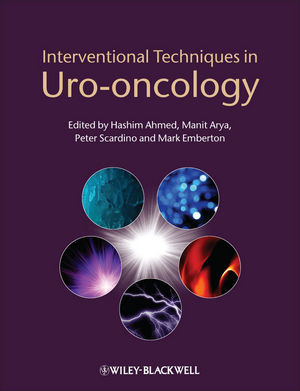

Most ebook files are in PDF format, so you can easily read them using various software such as Foxit Reader or directly on the Google Chrome browser.
Some ebook files are released by publishers in other formats such as .awz, .mobi, .epub, .fb2, etc. You may need to install specific software to read these formats on mobile/PC, such as Calibre.
Please read the tutorial at this link: https://ebookbell.com/faq
We offer FREE conversion to the popular formats you request; however, this may take some time. Therefore, right after payment, please email us, and we will try to provide the service as quickly as possible.
For some exceptional file formats or broken links (if any), please refrain from opening any disputes. Instead, email us first, and we will try to assist within a maximum of 6 hours.
EbookBell Team

0.0
0 reviewsThis well-illustrated reference provides the basic science behind each technique before explaining when and how best to perform them. It examines their use in different clinical settings, the advantages and disadvantages of each technique in the management of specific tumor types, and their suitability for different patients. Future techniques are discussed including the potential of nanotechnology in the delivery of urologic healthcare. Each chapter is easy to navigate with key points and references.
Interventional Techniques in Uro-oncology is an essential reference for training and practicing oncologists, urologists and radiologists as well as the general physician with a keen interest in cancer care. Its approachable style will also inform non-experts on what is available and whether a particular intervention is suitable for their patient in the clinic.Content:
Chapter 1 Rationale for Minimally Invasive Interventional Techniques in Urological Cancer (pages 1–9): Cole Davis, Matthew R. Cooperberg, Katsuto Shinohara and Peter R. Carroll
Chapter 2 Brachytherapy for Prostate Cancer (pages 10–33): John Sylvester and Peter Grimm
Chapter 3 High?Intensity Focused Ultrasound (pages 34–49): Markus Margreiter and Michael Marberger
Chapter 4 Prostate and Renal Cryotherapy (pages 50–67): Chad R. Ritch, Aaron E. Katz, Hashim U. Ahmed and Manit Arya
Chapter 5 Radiofrequency Ablation (pages 68–85): Adam S. Feldman, Peter R. Mueller and Scott McDougal
Chapter 6 Photodynamic Therapy (pages 86–101): Caroline M. Moore, Stephen G. Bown, John Trachtenberg and Mark Emberton
Chapter 7 Perspectives on Nanotechnology (pages 102–117): Aleksandar F. Radovic?Moreno, Kai P. Yuet, Robert S. Langer and Omid C. Farokhzad
Chapter 8 Imaging in Diagnosis and Staging of Urologic Cancers: Magnetic Resonance Imaging (pages 118–140): Jurgen J. Futterer and Stijn T. W. P. J. Heijmijnk
Chapter 9 Imaging in Diagnosis and Staging of Urological Cancers: Ultrasound, CT, and PET (pages 141–176): Jorge Rioja, Charalampos Mamoulakis, Stavros Gravas and Jean de la Rosette
Chapter 10 Imaging after Minimally?Invasive Interventions in Urological Cancers (pages 177–196): Rowland Illing and Alex Kirkham